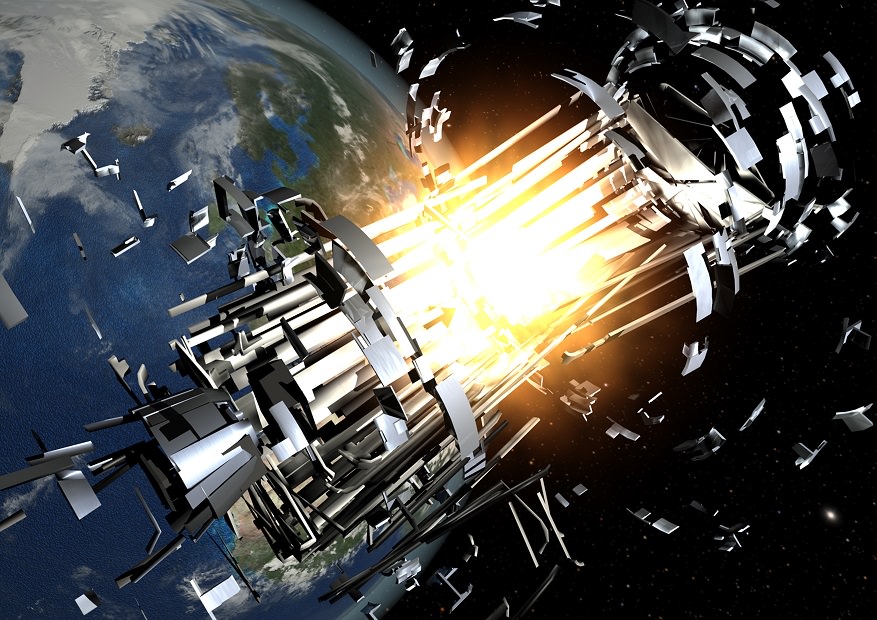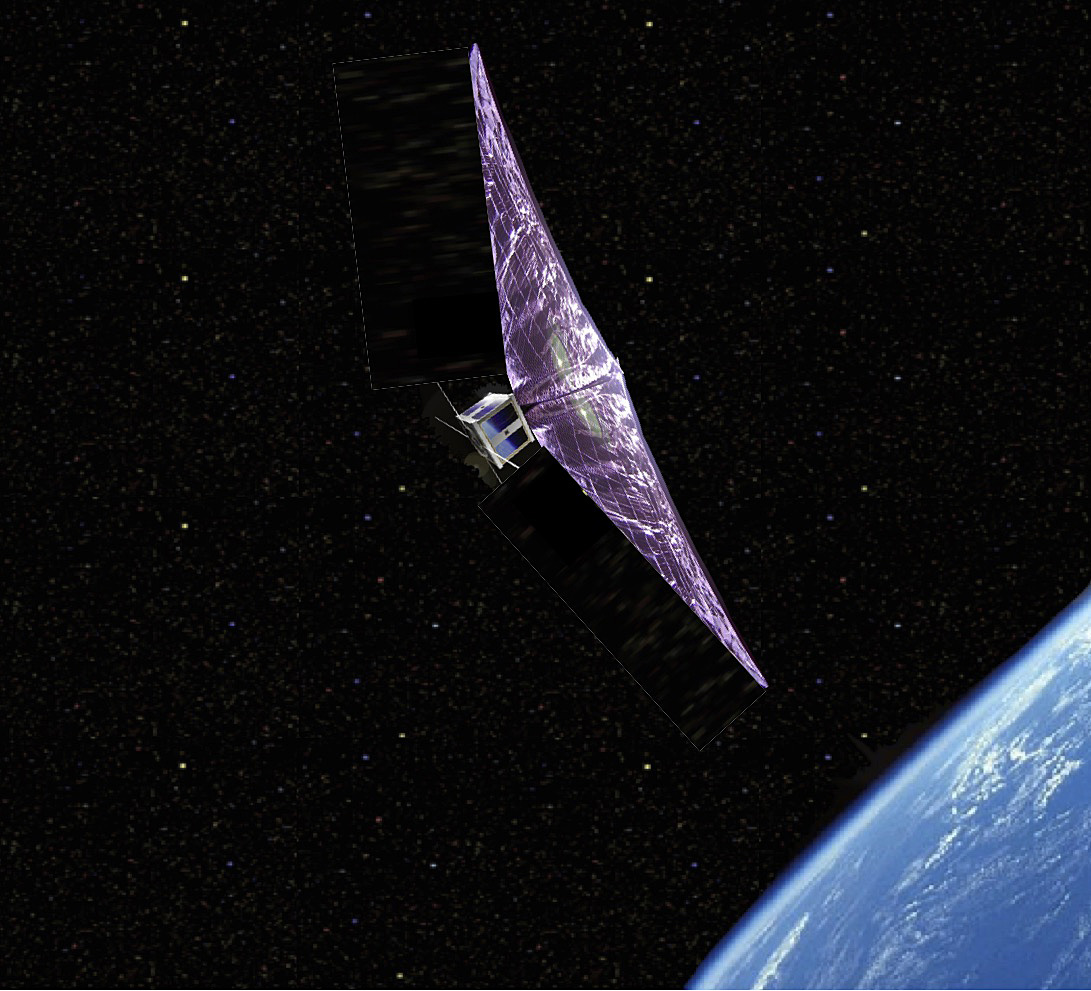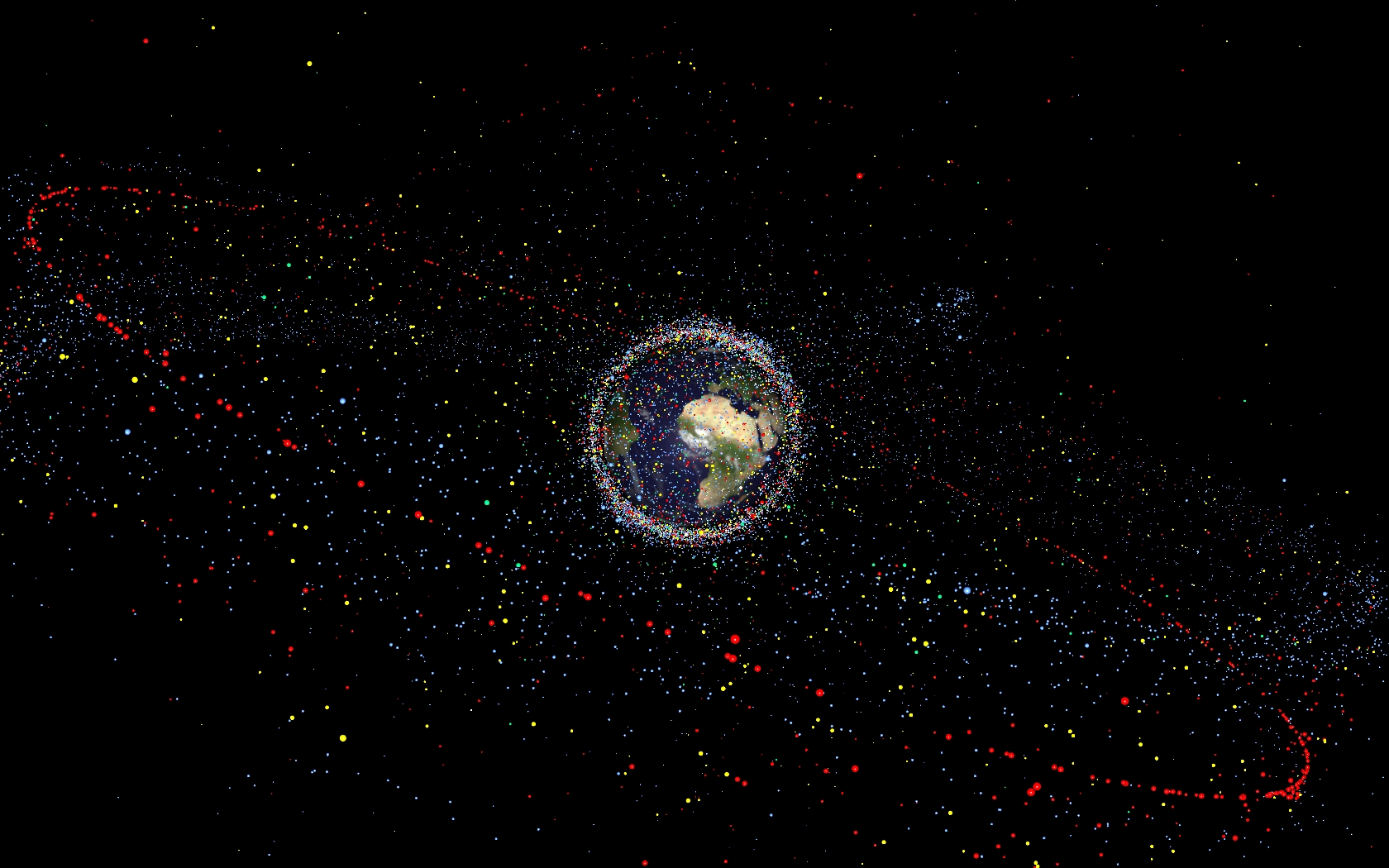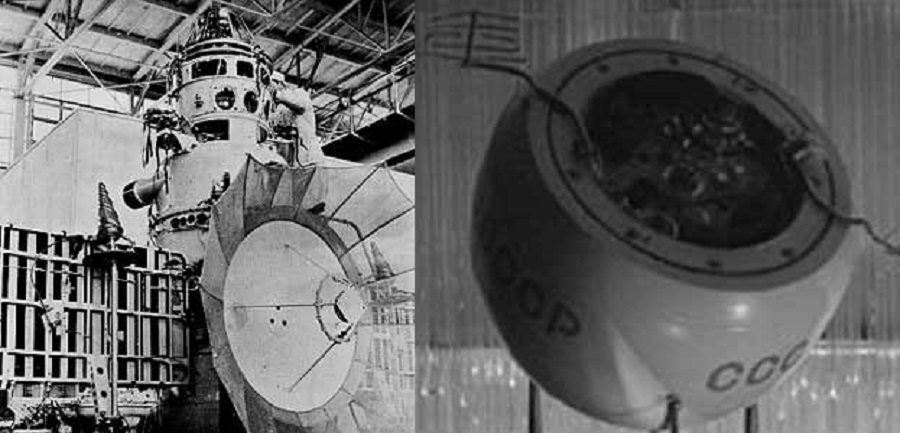In 1999, technicians from the California Polytechnic State University (Cal Poly) and Stanford University developed the specifications for CubeSat technology. In no time at all, academic institutions were launching CubeSats to conduct all manner of scientific research and validate new satellite technologies. Since 2013, the majority of launches have been conducted by commercial and private entities rather than academia.
Unfortunately, CubeSats have been held back until now because of a lack of good propulsion technology. In addition, there are concerns that with the proliferation of small satellites, Low Earth Orbit (LEO) will become overcrowded. Thanks to Howe Industries and a breakthrough engine design (known as the ThermaSat) that utilizes steam to generate propulsion, all of that could change very soon.
Continue reading “A Steampunk Engine to Solve Your Satellite Woes!”








